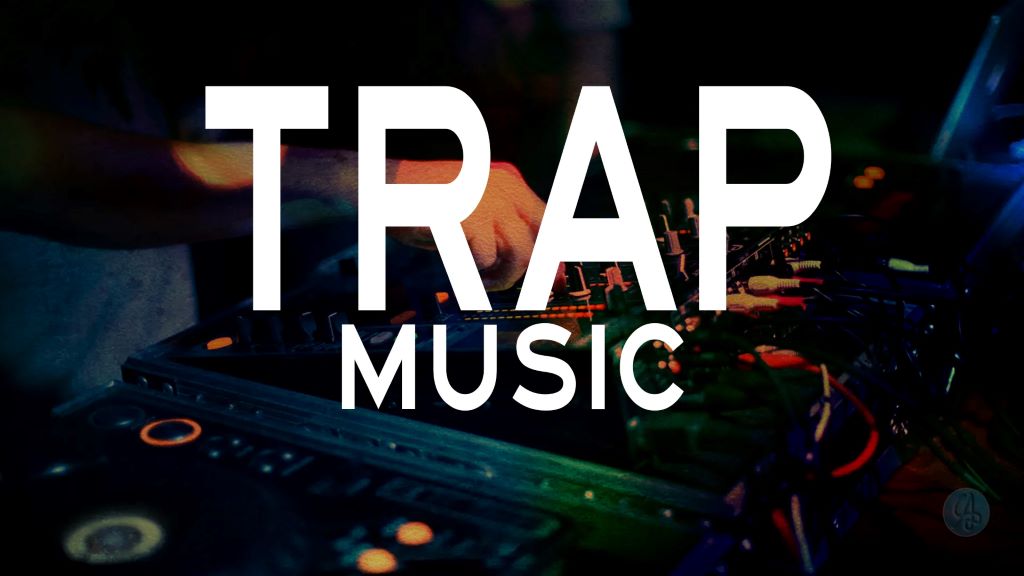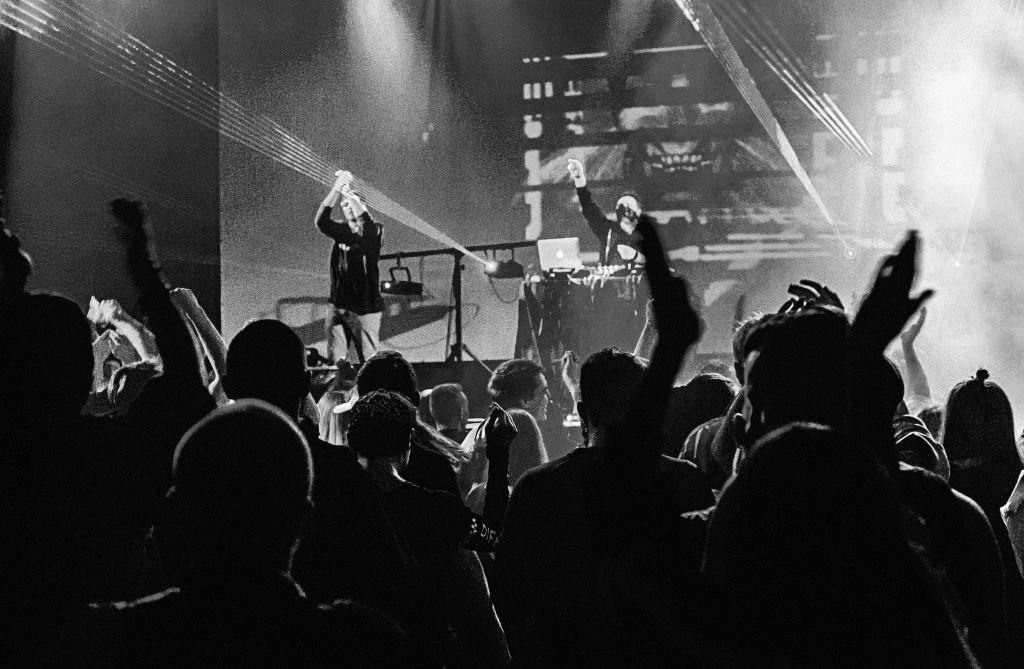
Rap and trap music are often used interchangeably, giving rise to the misconception that they are one and the same. However, while the two genres share roots in hip-hop culture, trap music stands out with its own distinct sound, lyrical themes, and rhythmic patterns.
The Origins
To understand the differences between trap and rap, it’s helpful to trace their origins. Rap emerged as a powerful cultural movement in the 1970s in the Bronx, New York City. Born from a blend of spoken word, DJing, and elements of funk and disco, it became a means of self-expression and social commentary for marginalized communities.
Trap music, on the other hand, has its origins in the American South during the 1990s. The word “trap” was slang for places where drug deals took place. The music reflected this gritty reality, painting vivid pictures of street life and the struggles associated with it.
The Sound: Beats, Instruments, and Tempo
One of the most striking ways trap differentiates itself from classic rap is its sonic signature. Here’s how:
- The 808: The Roland TR-808 drum machine is the backbone of trap music. Its deep, booming bass kicks form the foundation of trap beats, giving the genre its characteristic thunderous low-end.
- Hi-hats and Snares: Trap prominently features crisp, rapid-fire hi-hats and snappy snares, often programmed in intricate, triplet-based patterns. This creates a sense of urgency and rhythmic complexity.
- Dark Melodies: Trap often incorporates ominous synths and atmospheric melodies, contributing to its brooding and sometimes menacing atmosphere.
- Tempo: Trap beats tend to be slower than traditional rap beats, often hovering around the 140 BPM (beats per minute) range. This slower tempo leaves more space for intricate drum patterns and allows rappers to stretch out their delivery.

The Vocals: Flow and Lyrics
Trap and rap also distinguish themselves in vocal delivery and lyrical content:
- Flow: Trap rappers often experiment with unconventional flows. They might use triplet patterns for emphasis, choppy rhythms, or a mumbled, laid-back delivery. This creates a unique vocal cadence that stands out from the more straightforward rhythms often found in classic rap.
- Lyrics: Trap music gained its name due to its lyrical focus on drug dealing, gang activity, and the pursuit of wealth in impoverished environments. While these themes are still common, modern trap can touch upon a wider range of topics, including personal struggles, boasts of success, and even party anthems.
Blurring Lines: The Evolution of Trap
The lines between rap and trap have blurred over time. Trap music, which once operated within its own niche, has exploded into the mainstream, and elements of its sound are now incorporated into countless pop and hip-hop hits. This has led to a wealth of subgenres such as melodic trap, emo trap, and even Latin trap.
Some prominent examples of artists who have shaped the trap sound include:
- Pioneers: T.I., Gucci Mane, Young Jeezy
- Modern Mainstays: Future, Migos, Travis Scott
- International Influence: Bad Bunny, Duki, MHD
Is One Better Than the Other?
Whether trap or traditional rap is “better” is purely subjective. Both genres are legitimate art forms with rich histories and dedicated fanbases. While trap’s modern pop sensibilities might make it more immediately accessible to some, classic rap enthusiasts shouldn’t dismiss its evolution; many trap artists showcase exceptional lyricism, experimentation, and undeniable swagger.
The Key Takeaway
Understanding the differences between trap and rap opens up a wider world of musical exploration. By recognizing the sonic hallmarks, lyrical themes, and historical context of each genre, listeners can develop a deeper appreciation for the rich spectrum of expression offered by hip-hop. It’s less about hierarchy and more about celebrating the evolution and diversity of one of the most influential musical movements of our time.


 What is Trap Music? A Deep Dive into the Gritty Genre
What is Trap Music? A Deep Dive into the Gritty Genre  Unlocking the Language of Music: Your Guide to Music Theory
Unlocking the Language of Music: Your Guide to Music Theory  Trap vs. Rap: Unraveling the Nuances
Trap vs. Rap: Unraveling the Nuances  The Ultimate Guide to Playing Music on Discord
The Ultimate Guide to Playing Music on Discord 


